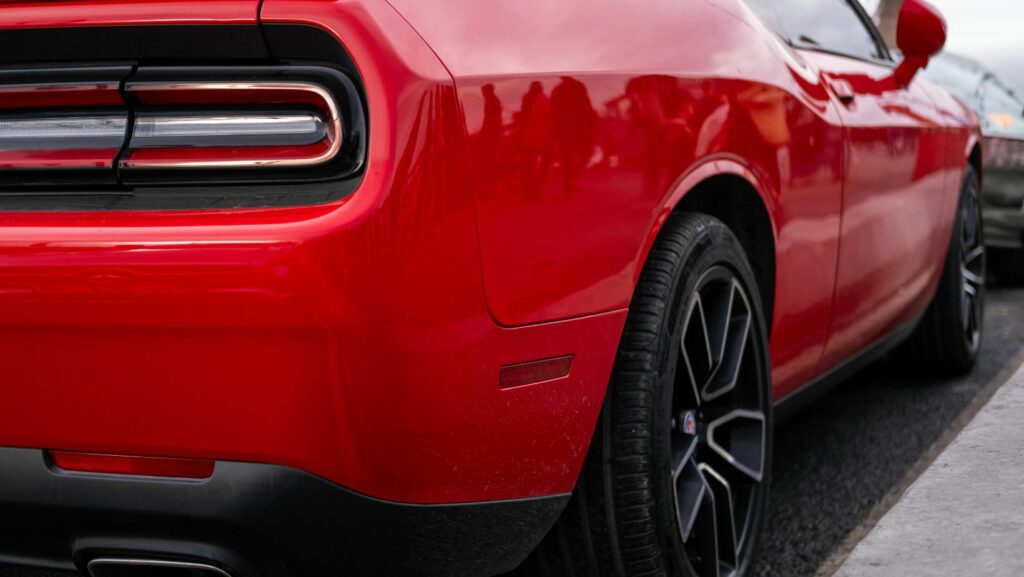Dodge builds vehicles with strong performance and durability. Trucks like the Ram, muscle cars like the Charger, SUVs like the Durango, all designed for power and longevity. Keeping them running well requires understanding their specific needs.
Basics: Oil, Filters, Tires
Dodge engines vary widely between models. A Pentastar V6 needs different oil than a Hemi V8, which differs from a turbo four-cylinder. Using wrong oil weights affects performance, especially in extreme temperatures.
Modern Dodge vehicles use variable valve timing, cylinder deactivation, other technologies that depend on proper lubrication. Old oil sludges up these systems, causing expensive failures. Regular oil changes with correct specifications keep everything working as designed.
Air filter replacement seems straightforward, but access varies by model. Some require removing intake tubes, loosening clamps, working around tight engine bays. Knowing the correct procedure prevents breaking plastic clips or cross-threading fasteners.
Tire rotation patterns differ based on drivetrain. Rear-wheel drive Challengers rotate differently than all-wheel drive Durangos. Following correct patterns ensures even wear, extending tire life, maintaining handling characteristics.
Key Systems: Brakes, Suspension, Battery
Brake systems on performance Dodge models use larger rotors, heavier-duty calipers, different pad materials than economy versions. These components generate more heat, wear differently, require specific replacement parts.

Suspension setups vary between models and trim levels. Sport suspensions use stiffer bushings, different shock valving, specific alignment specs. Towing packages include upgraded components with different service intervals. Knowing what your vehicle has matters for proper maintenance.
Battery requirements changed in recent years. Modern Dodge vehicles have start-stop systems, multiple computers, always-on connectivity features. These systems draw more power, requiring batteries with higher reserve capacity and specific charging profiles.
Specific Checks: Software, Sensors, Cooling
Dodge vehicles receive software updates addressing performance issues, fuel economy improvements, transmission shift quality refinements. These updates happen through dealers or via USB depending on the model year and system.
Engine sensors play critical roles in modern Dodge powertrains. Throttle position sensors control acceleration response. Oxygen sensors optimize fuel mixture. Knock sensors prevent detonation. MAP sensors regulate boost on turbocharged engines. Regular diagnosis catches sensor issues before they affect drivability.
Cooling systems work hard in Dodge performance vehicles. High-output engines generate serious heat. Towing stresses cooling components. Hot climates push everything to limits. Regular coolant changes, hose inspections, thermostat checks prevent overheating.
How Manuals Help Follow Dodge’s Official Schedule
Dodge publishes maintenance requirements in owner’s manuals, but these provide overview information. Understanding how to perform each service, what tools you need, what specifications to follow requires more depth.

Dodge repair manuals deliver that detail. They explain differential service procedures for Ram trucks, transmission maintenance for Chargers, transfer case work for Durangos. They list part numbers, torque specs, fluid capacities, bleeding procedures.
You learn when to use dealer equipment, when you can handle jobs yourself, what special tools make work easier. You understand why certain services matter more than others, which prevent failures versus which are optional.
With manuals, Dodge owners can handle maintenance without breaking the bank. You keep your vehicle performing as intended, extend component life, avoid expensive repairs from neglect. You maintain the power and capability that made you buy Dodge in the first place.

